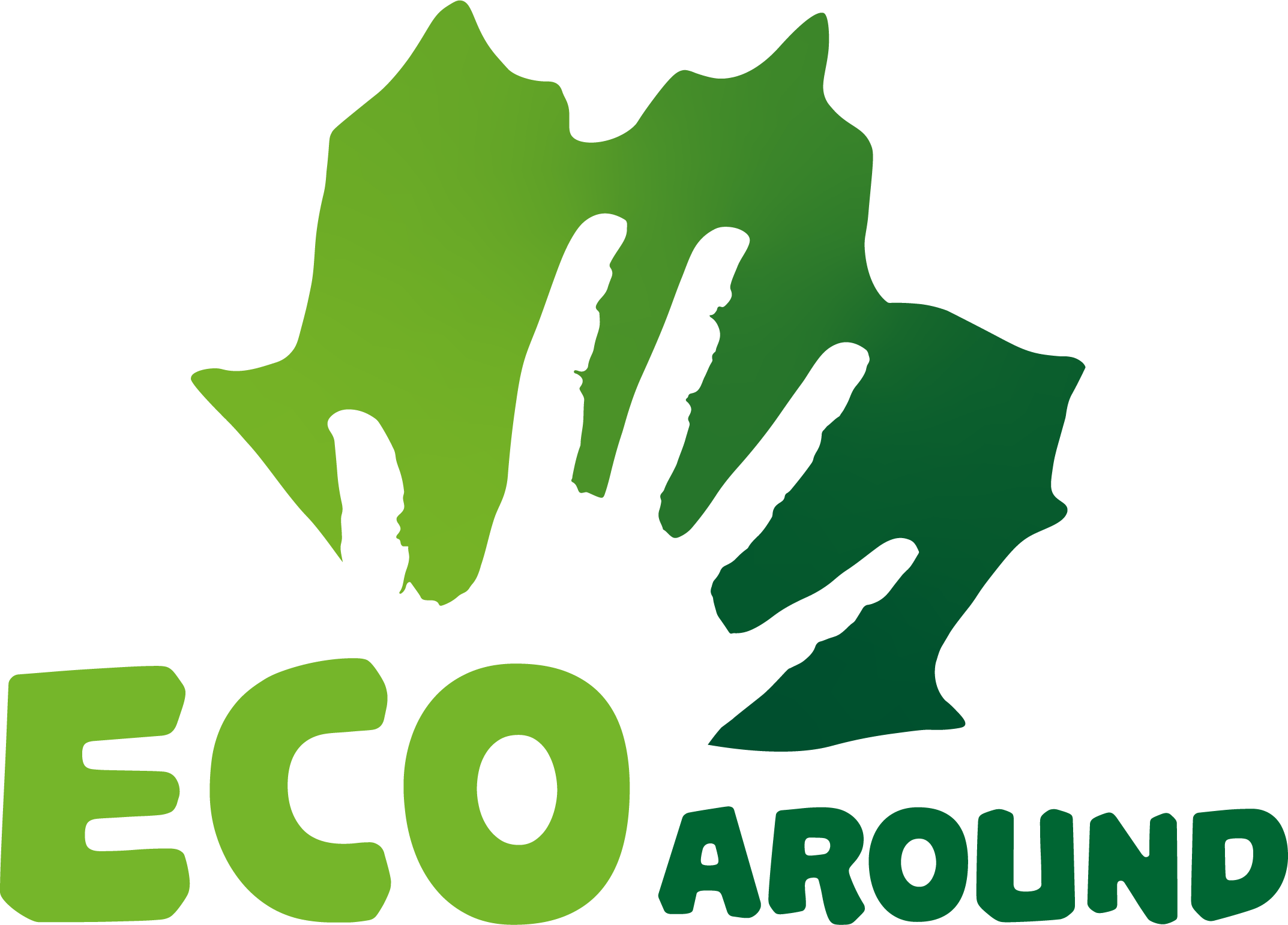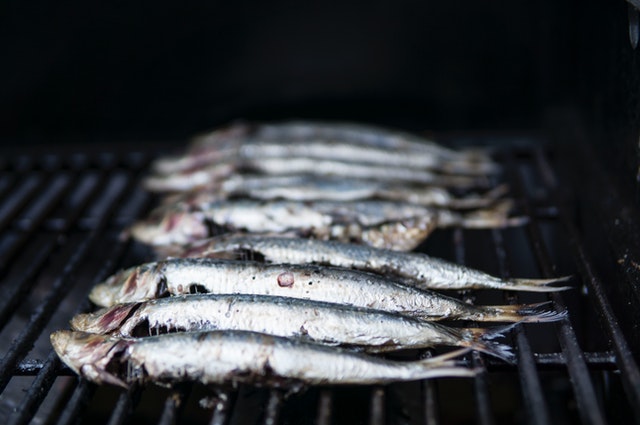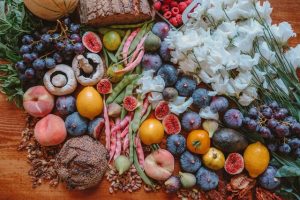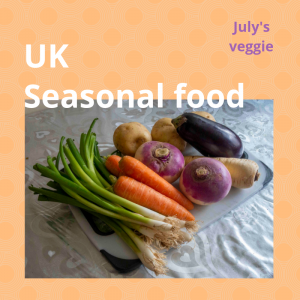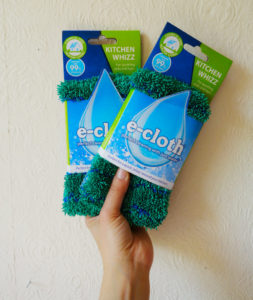UN environment programme animation on how microplastics affect our health
The International Union for Conservation of Nature estimated that between 15% and 31% of all plastic pollution comes from microplastics. So, we now have an ocean full of microplastics. Some research estimates that every week we eat the amount in weight of a credit card of microplastics. It is also raining down on us from the clouds even here in cities like London. How is this possible?
Microfibres and the food chain

Photo by Elle Hughes from Pexels
Synthetic microfibres, which clothing releases during every wash, account for roughly a third of plastic in the ocean. They are so tiny that they can seem like food for zooplankton. These are microscopic living organisms which drift or float in water. One of them is called krill and is a tiny shrimp-like crustacean which lives in cold seas. Some of the zooplankton eat algae but due to the ingestion of microfibres they are no longer able to digest it. These animals are at the base of the food chain in the ocean, bigger zooplankton, fish and marine mammals like whales eat them. So, we shouldn’t be surprised if they might end up on our dinner plate.

Photo by Silvana Palacios from Pexels
What can we do in order not to have an ocean full of microplastics?
Buy less, buy better
Buying fewer clothes and fewer new clothes is still a good aim for the environment as the fashion industry is a big polluter. Stop wearing man-made fibres is also better so check the label before buying any new item.
Some brands like Fjallraven and Patagonia are trying to reduce the number of microfibres in their products. Some other companies or small start-ups are now producing clothes made from recycled plastic. Patagonia actually started using recycled plastic bottles to make their garments back in 1993. Since 1985 they have pledged 1% of their sales to the preservation and restoration of the natural environment!
Also, manufacturers make many other items out of synthetic fibres like cushions, carpets, bags, dog beds or even sheets and covers. So, be mindful about what you buy and see if you can find items by manufacturers which make them more sustainably.
Washing machine

Guppyfriend bag for you laundry
Ludo bought a Guppyfriend bag to put her synthetic clothes in or you can get a filter to catch the microfibres in the washing machine. Hopefully, in the future, these filters will be compulsory for new machines. There is one which Mermaids developed, through a project funded by the EU. You can wash clothes less frequently and on shorter washes. Also, at lower temperatures and make sure your washing machine is full. Clothes in full machines get agitated less and therefore shed fewer fibres.
Microbeads

MPCA Photos microbeads-plastic-particles
Microbeads are manufactured solid plastic particles of less than one millimetre at their largest dimension. Tiny beads of plastics are contained in some toothpastes, sun cream, make-up, face and hand wash and body scrub. When you wash after using these products the small beads go down the drain and in the end, they reach rivers and waterways. The beads can absorb and concentrate pollutants like pesticides. Animals still eat them thinking they are food.
In some countries like the United Kingdom, the United States, Canada, France, New Zealand, Sweden, Taiwan they have banned their use and some brands have stopped using them in their products. The UK approved the ban in June 2018. So, if you still find a product which includes microbeads please report it to the owner of the shop so they can take them off the shelves.
[Sources: https://en.wikipedia.org/wiki/Microbead and “How to Give Up Plastic: A Guide to Changing the World, One Plastic Bottle at a Time” by Will McCallum]
